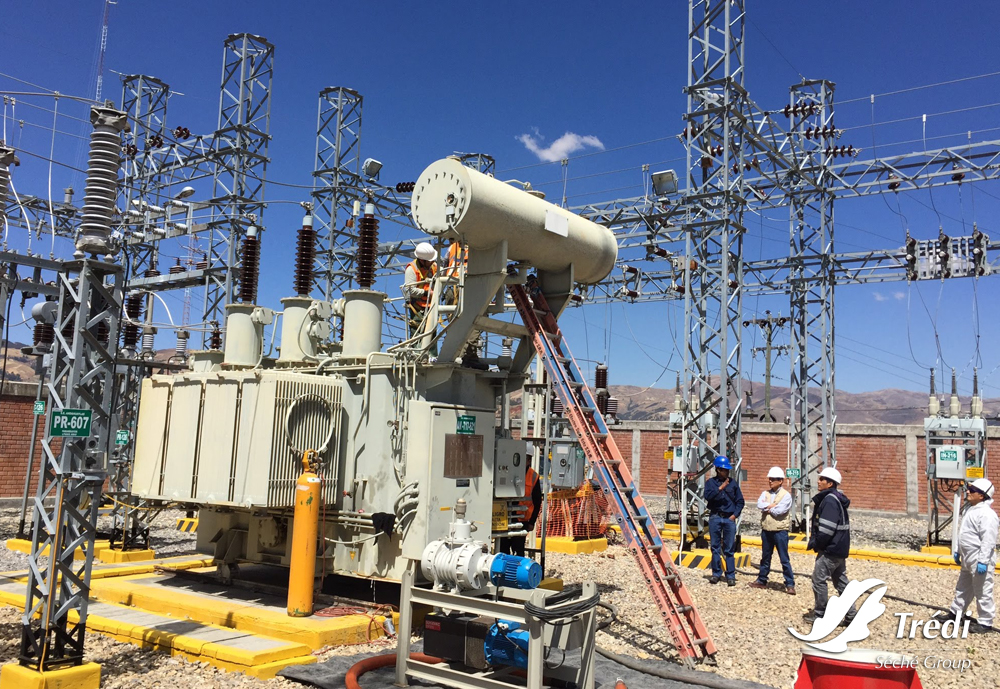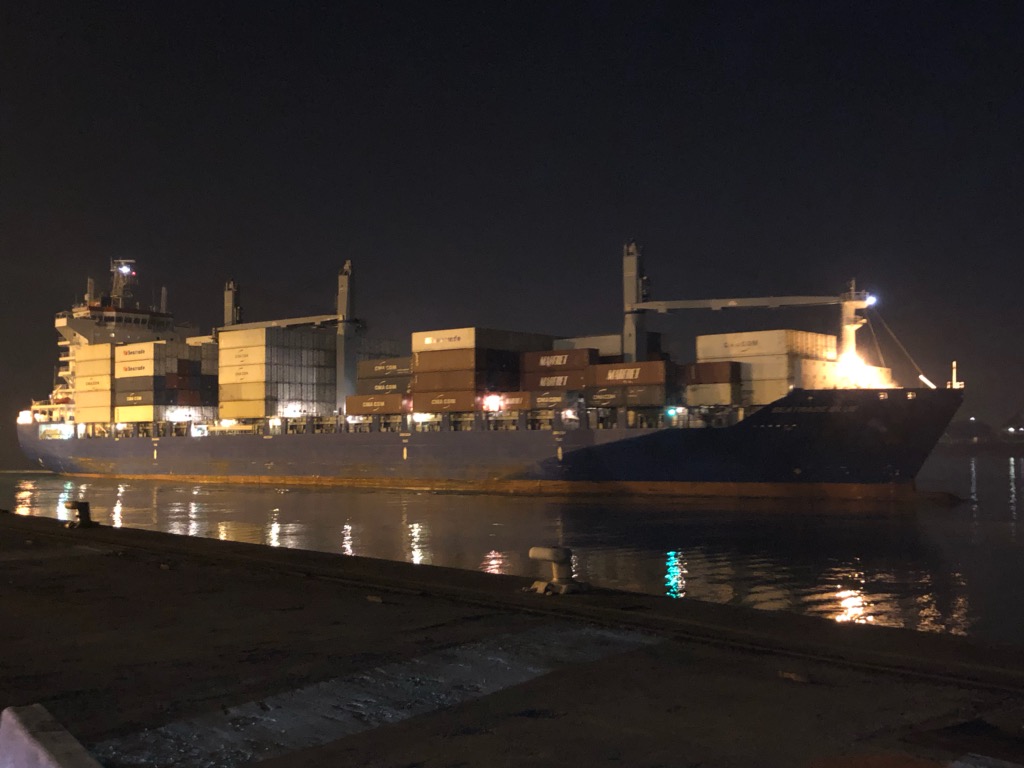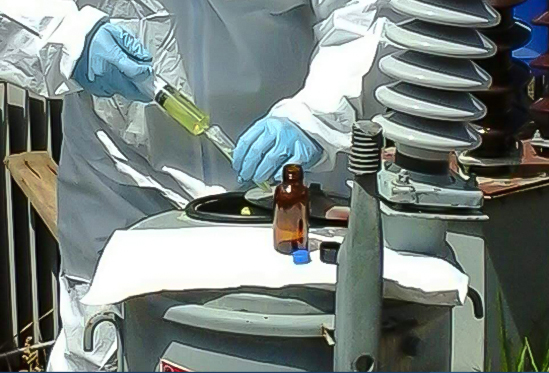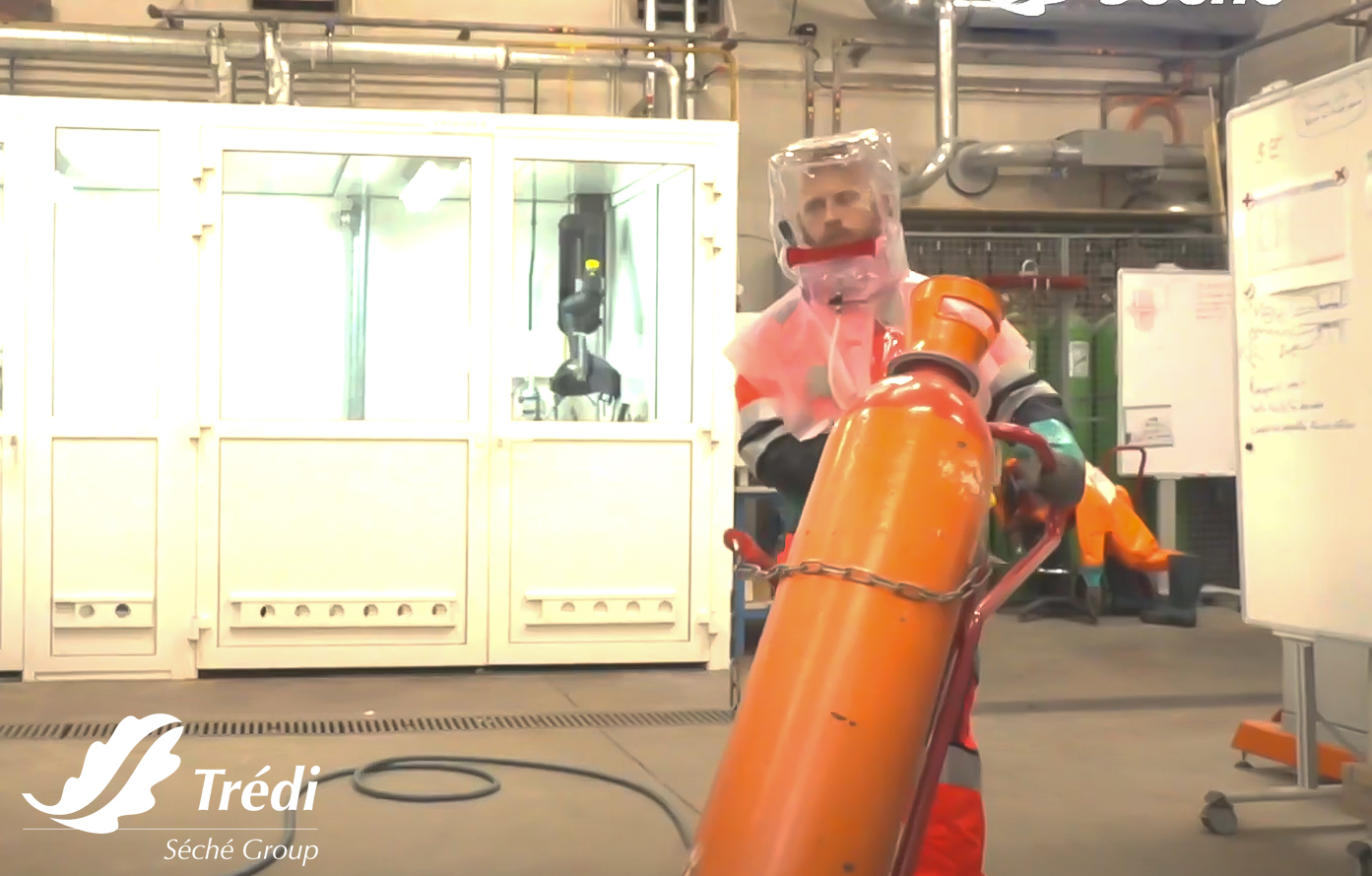
Sulfur Hexafluoride is an inert gas, heavier than air, non-toxic and non-flammable, but suffocating with a characteristic color and odor. It is produced by direct reaction of molten sulfur and gaseous fluorine at about 300°C. It is stable under normal conditions and upon exposure to high temperatures, it decomposes to toxic products such as hydrofluoric acid, sulfur dioxide, and various sulfates.
One of its main characteristics is its high dielectric constant, making it widely used as an insulating gas in electric power distribution equipment, especially in high-voltage systems. It is also applied in some steelmaking industrial processes and in eye surgery.
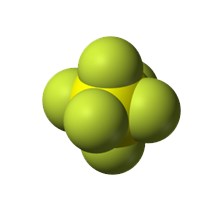
Physical properties:
Chemical formula: SF6
Molecular weight: 146.05 g/mol
Gas density (20°C, 1 atm): 6.16 g/L
Thermal stability grade: up to 800°C
Water solubility (10°C, 1 atm): 0.0076 m/mL H2O
Main risks: Non-flammable, non-toxic
Ingestion: Impossible
Inhalation: At high concentrations (more than 80%), narcosis. Higher concentrations may cause asphyxia due to oxygen displacement. Inhalation of the substance at high concentrations may also cause mild depression of the nervous system and arrhythmias. Symptoms may include loss of consciousness or mobility. The victim may not have noticed the asphyxiation. Asphyxiation can cause unconsciousness so quickly and unnoticed that the victim may be unable to protect themselves.
Skin: No risk
Eyes: No risk
Very heavy gas. Danger of suffocation from gas leaks in basements or poorly ventilated areas.
Effects on human health and the environment:
It is the most potent greenhouse gas known to date. Over a period of 100 years, SF6 is 22,800 times more effective at trapping infrared radiation than an equivalent amount of carbon dioxide (CO2).
SF6 is also a very stable chemical substance, with an atmospheric life of 3,200 years. As the gas is emitted, it accumulates in the atmosphere essentially undegraded for many centuries. Therefore, a relatively small amount of SF6 can have a significant impact on global climate change.
Global Warming Potential (GWP) (100-year): 22,800 for SF6.

